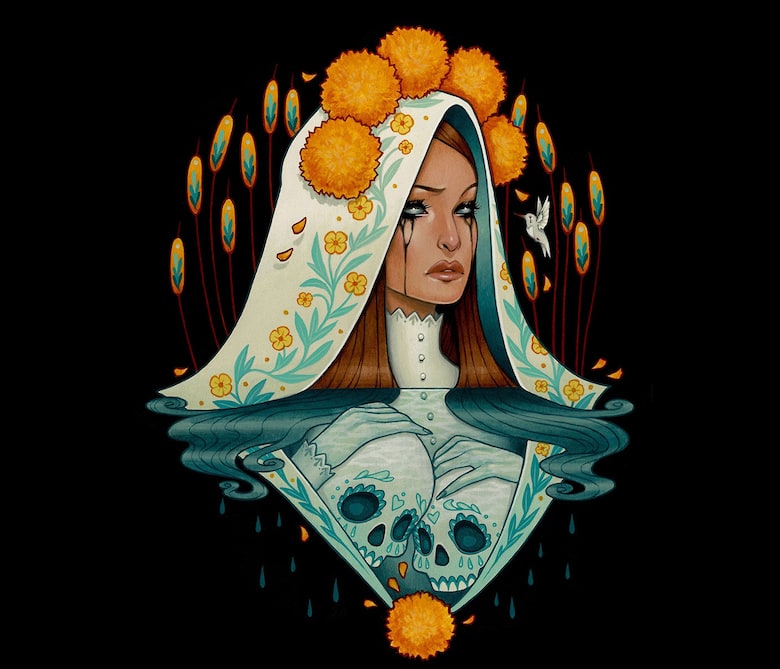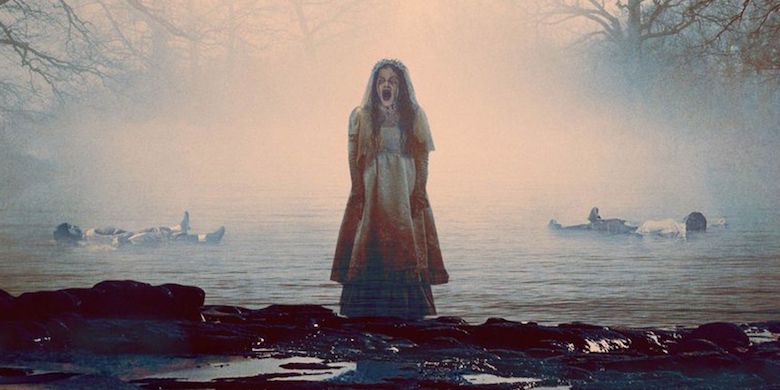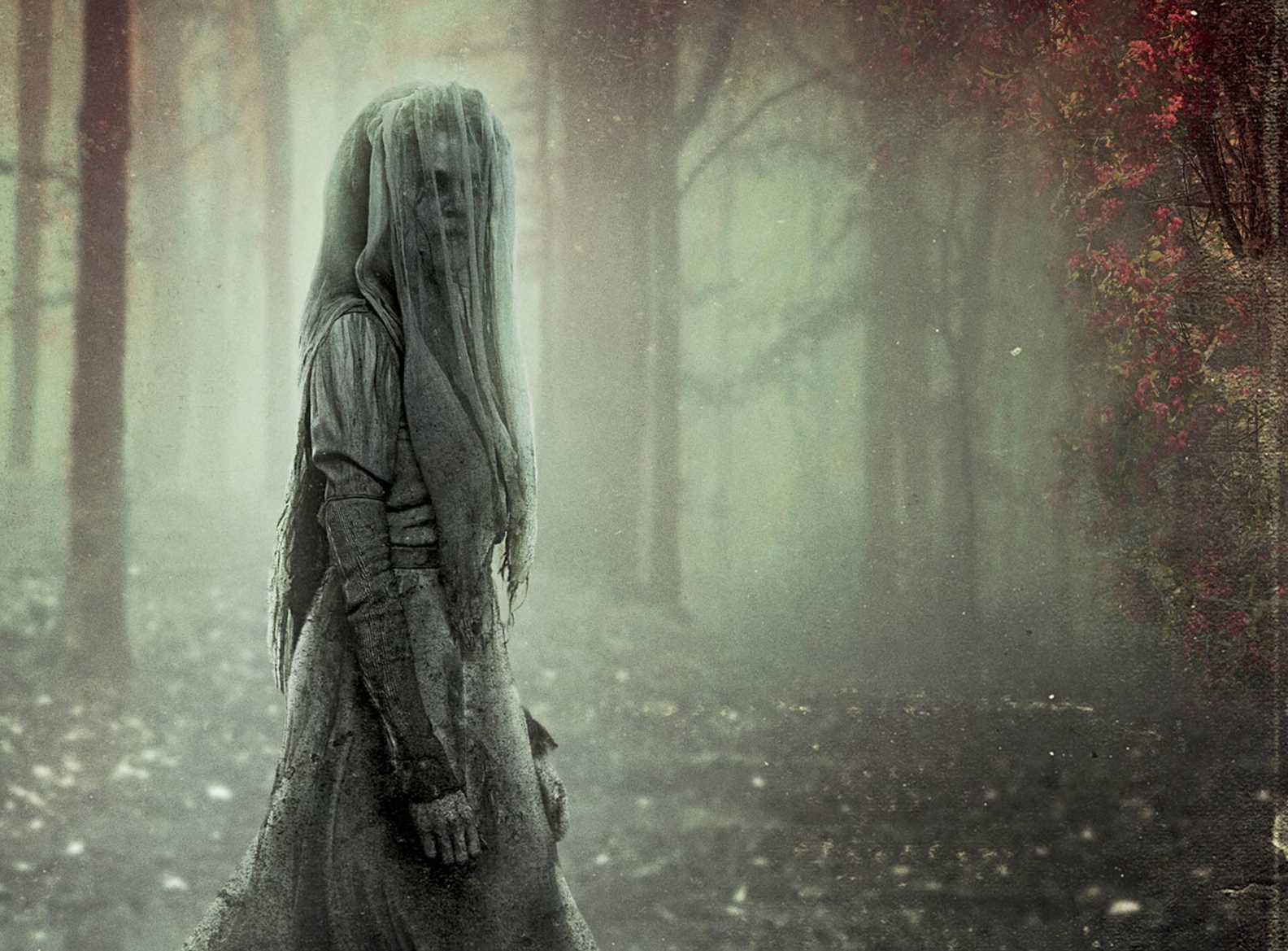Of all the enduring tales of horror and tragedy that have lived in lore for years, the legend of La Llorona is one of the most remarkable. This is a very old story that has been an integral part of Hispanic culture since the age of the conquistadors. Translated from Spanish, La Llorona means “weeping woman,” which immediately tells you a lot about what the La Llorona story might be all about.

The legend has its roots in the tragic life of a woman and has been kept alive in lore, media representations, and even a major motion picture. The enduring nature of the story comes into context when we consider that a similar story was referenced in the Florentine Codex, a crucial text that originated in Mexico as early as the early 16th century.
Let us delve into the La Llorona story and explore its origin theories and basic premises.
The Origin Story of La Llorona
While there are many versions of the La Llorona origin story and it is difficult to pinpoint where it exactly originated, there is some consensus about the broad details of the tale. The story of La Llorona starts with a woman named Maria who was born in a small village to a humble peasant family. Maria was the proud owner of exceptional beauty and would revel in the attention of men, both rich and poor, from the surroundings. In the evenings, she would be found in local fandangos donning her best while gown, enjoying the attention of local men.
Maria, according to the legend, set her sights on marrying the best man in the land. The man in question was rich and handsome and was eventually won over by her charm and mysterious nature. Eventually, the couple married and had two children. It is after this turn of events that things become tragic.
Maria’s husband slowly became detached from her emotionally while still being attached to their children. He would leave home for long durations of time and paid Maria little attention. In some version of the story, it is also said that he was unfaithful to her and Maria would see him with other women. She resents this, and the entire chain of events culminates in the drowning and death of the two children.
One version of the story attributes this to neglect on the part of Maria. However, the more sinister version states that Maria was so disgusted with her present state of affairs that she herself drowned her children. This apparently fills her with regret, and she proceeds to drown herself.

When she reaches the gates of heaven, she is denied entry without her children and banished to suffer on earth where she is doomed to keep looking for her lost children. This is where the spirit of Maria becomes La Llorona, the weeping woman. Another version states that Maria killed her two children in order to make it easier for her to maintain her flighty and flirtatious lifestyle.
Since that time, the spirit of La Llorona is said to roam around crying and shrieking, floating in or near bodies of water, in search of her children. However, being caught in an unhappy afterlife also makes the spirit spiteful and dangerous. There have been many reports of her cruel deeds where he indiscriminately snatches lonely and unsuspecting children and murders them by drowning. Other reports claim that she shows her spite towards men, women, and children alike, killing with utter cruelty and without mercy. Over the years, many sightings have been reported and eyewitnesses have come forward with their tales involving La Llorona.
Influence on Culture
The La Llorona story has several marked influences on popular culture, including cinema. The poignant tale is remembered even more because of the hard questions it evokes regarding the notion of karma, the condition of the feminine, and the trials and tribulations of motherhood.
— FOUNDATIONS OF HORROR —
Further explore these subgenres & tropes. more>>
#Supernatural horror | #Ghosts are Scary

One of the most important interpretations of the La Llorona story is manifested in the 2013 horror cult classic Mama, by Guillermo del Toro and Andy Muschietti. Horror fans are sure to remember the character of Mama, which inspired pure dread and horror, as a direct on-screen representation of the Lo Llorona legend.
The legend is also a direct influence on other horror flicks, including The Curse of the Crying Woman in 1963 and Kilometer 31 in 2008. Recently, the story has been reinvigorated in The Curse of La Llorona, which was reportedly a nostalgic experience for the mostly Hispanic cast and crew who grew up marveling at the La Llorona legend.
Apart from this, the La Llorona story has inspired countless creations in the field of theater, literature, and music over the years. The legend has found its place in many parts of the world, including Mexico, Venezuela, and the United States. With its integral bond with Hispanic culture and the tragic but relatable nature of the incidents that gave rise to La Llorona, it is safe to say that this legend will keep enduring for many centuries to come.
Additional Reading
La Llorona: An Introduction to the Weeping Woman
Evidence for a Developing Variant of La Llorona
Last Updated on March 20, 2022.

